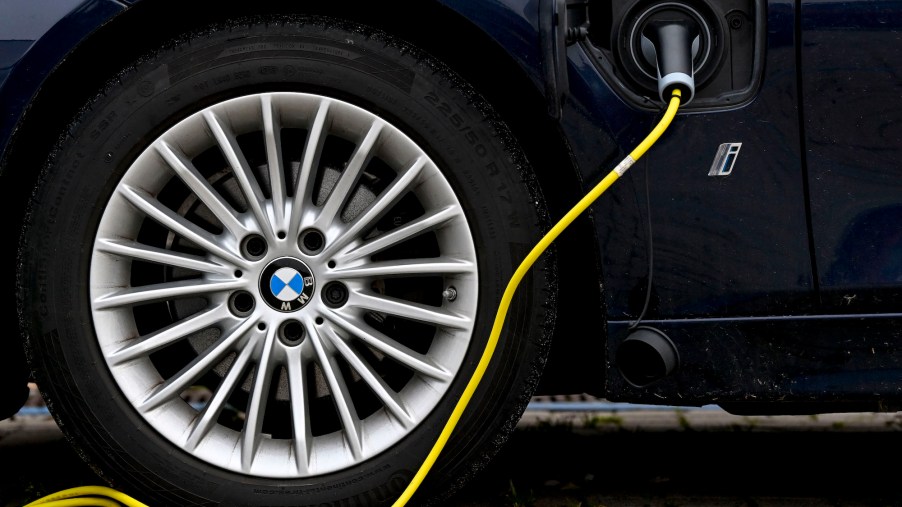
Hybrid vs. Plug-in Hybrid: What’s the Difference?
As we transition from gas-fed to electric vehicles, including hybrid models, there’s a bit of a learning curve. With new powertrain configurations hitting the market frequently, it’s hard to keep up. When we talk about hybrids, we mean hybrid electric vehicles with an internal combustion engine and an electric motor that relies on batteries’ energy.
So, what’s the difference between a hybrid and a plug-in hybrid?
Hybrid vehicles and how they work
You might recall the Honda Insight from 2000. Considered the first modern hybrid electric vehicle (HEV), the two-seat Insight looked like a capsule. But the first vehicle to become synonymous with the term “hybrid” was the Toyota Prius, Car and Driver reports.
Most automakers offer electric cars, trucks, and SUVs. Traditional HEVs can’t be plugged in to recharge their batteries and usually have short electric ranges. They don’t need to be plugged in because their gas engines keep the batteries powered.
What about the hype you’ve heard over hybrids’ excellent fuel economy? It’s true if you do a lot of city driving. With frequent stops, HEVs excel because they recapture energy through regenerative braking.
If the bulk of your driving is on long stretches of highway, you lose that advantage. Because HEVs usually cost more than their traditional gas counterparts, you’ll want to consider where you’ll be driving the vehicle if you want to save on fuel.
Plug-in hybrids and how they’re different
Some automakers are using larger batteries in their hybrids. You recharge them by plugging them into a standard 120-volt outlet or a 240-volt charging station. The recharge time for the average plug-in is about five and a half hours using a 120-volt outlet. It takes only two hours to charge using a 240-volt charger.
Plug-in hybrids (PHEVs) can run on pure electric power without gas because you can charge the batteries ahead of time. Many have an electric range of 25 miles or more. But to truly save on fuel with a PHEV, you need a bigger battery pack that allows more miles on electricity alone before the gas-fed combustion engine takes over.
Plug-in hybrids cost more because of their additional hardware and software needed to make them work. As Car and Driver pointed out, you’ll pay quite a bit more for a plug-in Prius than you would the standard base Prius.
A PHEV will continuously run in hybrid mode — a combination of gas and electricity — as long as you keep gas in its tank. You don’t even have to plug it in for it to function.
Popular examples today
One of the top HEVs is the 2021 Hyundai Sonata Hybrid. U.S. News likes it for its impressive fuel economy, good predicted reliability, and pleasantly smooth ride. Another smooth-riding option is the 2021 Toyota Avalon Hybrid. It offers a roomy, upscale cabin.
As for great plug-ins, there’s the 2021 Hyundai Ioniq. U.S. News reviewers say it offers solid fuel economy and a good price, but they don’t like its cramped back seat and rough ride. There’s also the 2021 Volvo V60, with an electric range of 22 miles. U.S. News likes its spaciousness and luxuriousness.
Finally, there’s the 2021 Toyota Prius Prime. This plug-in hybrid offers a smooth ride and capable handling. It boasts impressive fuel economy and a 25-mile electric range.


